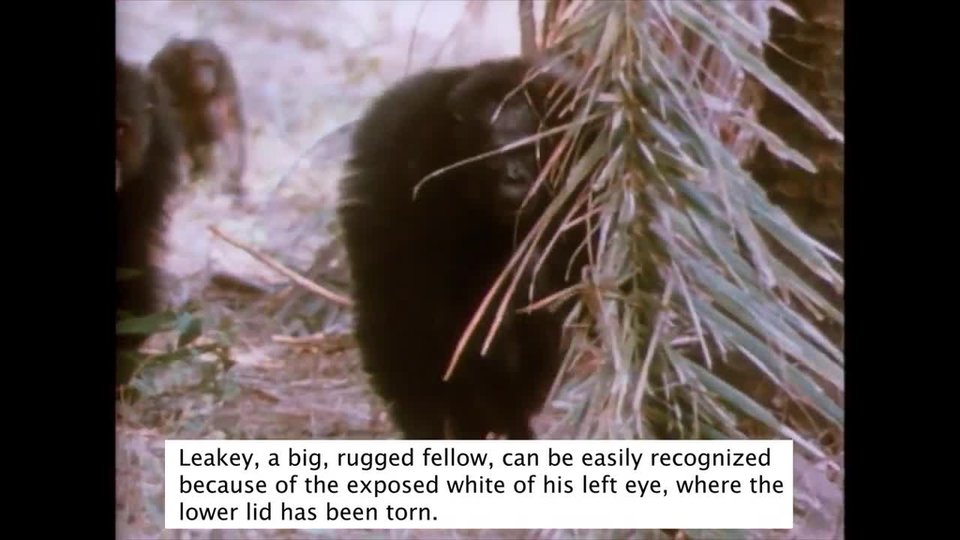So,thereIwasinaremotepartofGreenland.Iwasholdingatinybirdcalledalittleaukinmyhand.Iwaswaitingforittopoop.ThisisnotwhatIexpectedtobedoingonmyfirstmajorresearch expedition!
alittle auk
I’mamarinebiologist.Iwasgoingtostudywheretheseseabirdsweregettingtheirfood.Ihadputtrackingdevicesonthem.I’dcollectthedeviceswhenthebirdsreturnedfromtheirfoodruns.Thedatawouldshowwheretheyhadflown.Ihadn’tcountedonthetrackersfallingoffandgettinglostatsea.That’swhathappened.Wasmyproject ruined?

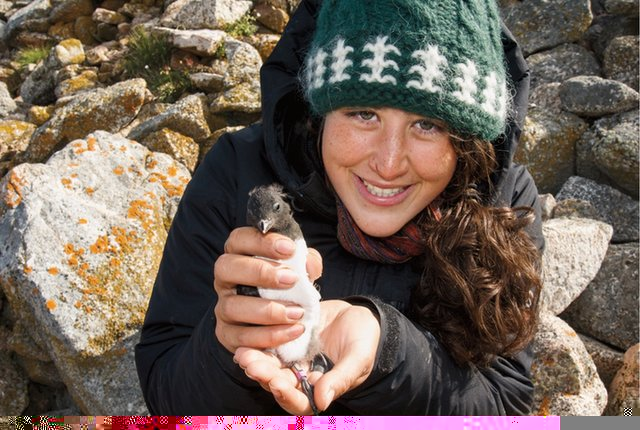
No!Icouldn’tfigureoutwheretheygottheirfood.But,Icouldfigureoutwhatthey’deaten.So,asthebirdscameback,Icaughtthemandheldthemovermynotebookandwaited.Whenabirdpooped,Ihadmysample!BeforeIeventestedmysamples,though,Iheardsometroublingnews.Parentbirdswerebringingback plastic fortheirchicksto eat.
JustineAmmendoliaholdsa little auk.
CareerChange
IliveinNewfoundlandineasternCanada.ThisislandisasfareastinNorthAmericaasyoucanget.Theoceanandfishingareimportanttopeopleontheisland.But,Iknewourshoreswerepilingupwith plastic.
Ihadalotofquestions.Howmuchplasticwasgettingintotheoceans?Wherewasitcomingfrom?Ihadtofigurethisoutbeforetakingonthebiggerquestion.Howcanwestopplasticsfromgettinginto oceans?
Ibecameagarbagedetective.MypartnersandIcreateda“plasticsprofile.”WebeganstudyingsevenbeachesinNewfoundland.Whatwasthere?Wherediditcome from?
Greenland
Labrador
CANADA
NORTH
AMERICA
PACIFIC
OCEAN
ATLANTIC
OCEAN
Newfoundland
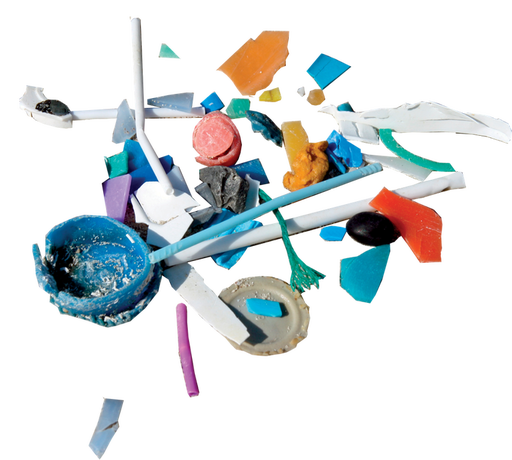
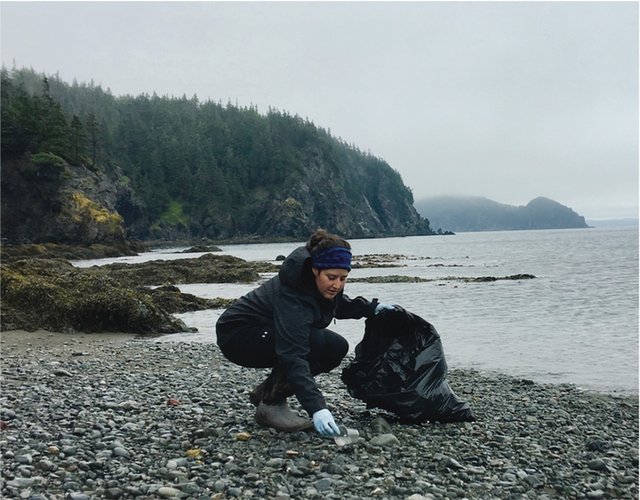
Collectingplastictrashisimportantscienceformyteam’sresearch.Butitisn’tglamorous work!
Tomostpeople,oceanpollutionmeanswaterbottlesorplasticbags.Butwefindotherthings,too.Wefindmetal,glass,rubber,evenlumber.Somebeacheshaveplasticfoamfromtake‑outcontainers.Othershavefishinggear,likeropeand nets.
Ononebeach,Ifoundatinyplant,strugglingtogrowpastthetrash.OrsoI thought.
DetectiveWork
Everymonth,wevisitthesamebeaches.Werecordwhattypesofgarbagewefind.Thisisnotexcitingwork.It’sslowandgrimy.Therecanbestrongwinds.It’salmostalwayswet.Itcanevenbesadattimes.Butit’sagreatwaytoseewhat’s there.
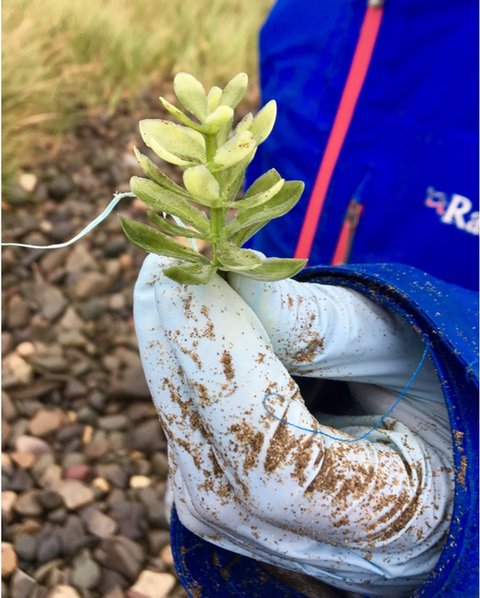
aplastic plant
BitsandPieces
WhenIlookedcloseratthetinyplant,Isawthatitwasplastic,too!Itwasoneofthosefakeplantsthatyouputinafishtank.How disappointing!
Mostoftheplasticswefindaretiny.They’recalledmicroplastics.Theyareanypieceofplasticlessthanfivemillimetersinsize.Theplasticishardtoidentifysinceit’slostitsoriginal shape.
Still,webegintomakeconnectionsbetweenbigpiecesofgarbageandmicroplastics.Ononebeach,forexample,wefindthin,plasticthreads.Thethreadswerecomingfromfrayedfishingropes.Whentheropesheatedupinthesun,thethreadsbroke free.

Thishandfuloftrashismadeupofallsingle‑use plastic.
